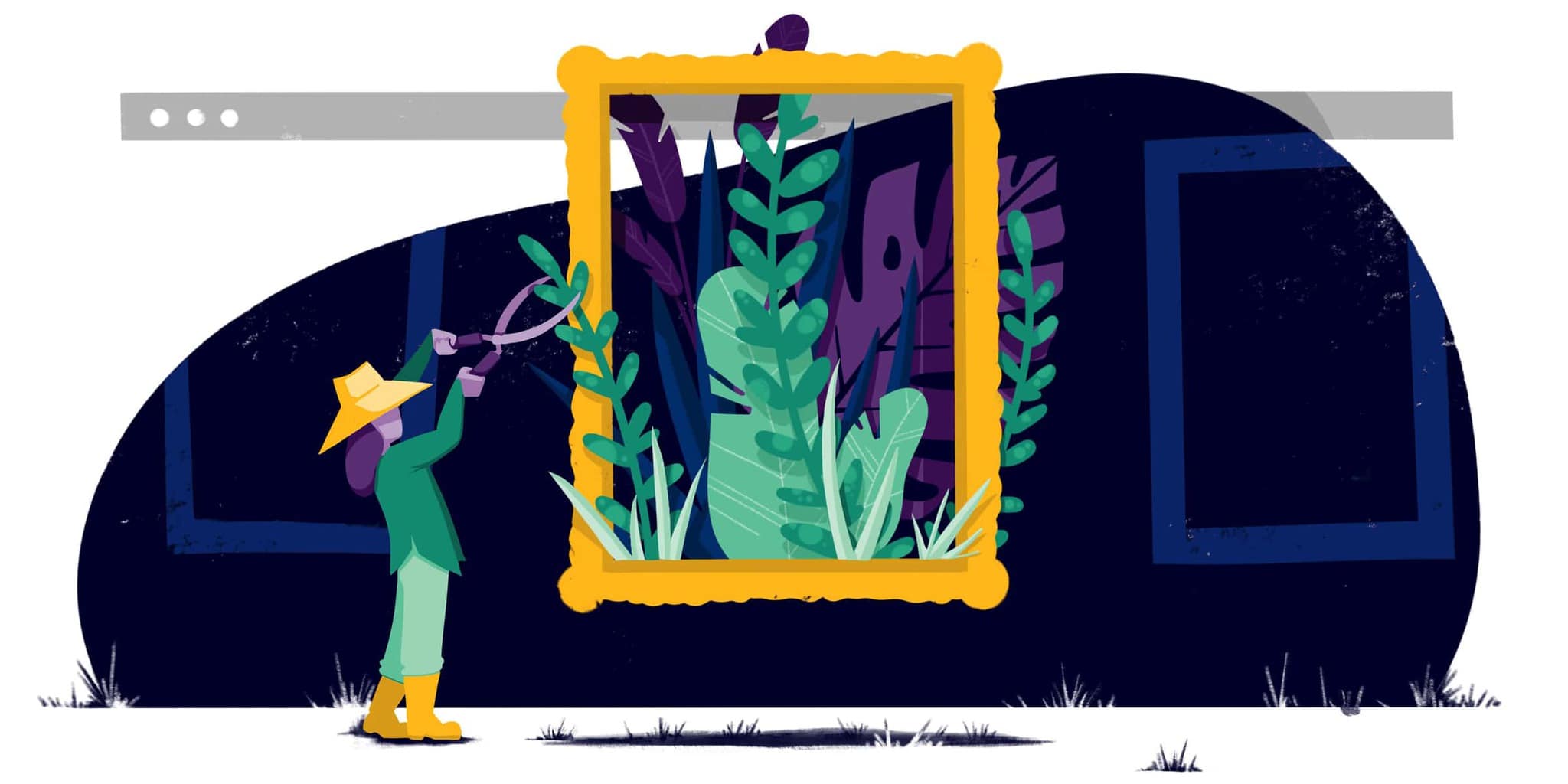

- #Best image format for web graphics how to#
- #Best image format for web graphics pdf#
- #Best image format for web graphics full#
- #Best image format for web graphics software#
#Best image format for web graphics how to#
#Best image format for web graphics software#
Web-friendly XML language and editable on design software like Adobe Illustrator.Small file size compared to a PNG or JPG.Can be scaled to any size without loss of image quality (they also look great on retina display).Vector files will always be crisp and maintain quality - for this reason you should use them whenever they’re accepted. SVG files are developed for the web using mathematical formulas rather than individually coloured pixels on the page. Most printers and designers accept EPS files but check before you send to ensure you’re giving them a compatible file format.

Your EPS logo files should be delivered with a coloured background and a transparent background to serve different printing and editing needs. It’s tricky to open and edit EPS files without Illustrator or Photoshop however, you can download free software like Sketch or Inkscape to access them. Print materials (business cards, posters, brochures, and more).Editable on design software like Adobe Illustrator or Photoshop.Easily scalable for print (can be as large as a billboard and as small as a postage stamp).They’re used for printing and editing purposes and are commonly referred to as “working files” or “master files.”
#Best image format for web graphics pdf#
There are four main vector formats include AI, EPS, PDF and SVG files.Īn EPS file is a graphic format for vector-based images. This is the file type which can be converted to any other file type with the correct software and is, therefore, the most versatile. If you get only one file type of your logo, make sure it’s a vector file. There are also special inks that can be used in some instances, such as Pantone’s. You’ve probably purchased CMYK ink cartridges for your printer at home.
#Best image format for web graphics full#
This may sound familiar as these four colours are used to make up the colours in a full colour printed page. CMYK stands for Cyan, Magenta, Yellow and Black. Vector files are intended for use in printing, so they are provided in CMYK colour mode.


Vector files are the file type your client will require to get anything professionally printed, or if they need design work carried out by another designer, for example Uniform embroidery, vehicle printing, pens etc. You can see how a vector shape is built up in this image above, from Design Tuts tutorial Hand Lettering: How to Vector Your Letterforms. Each shape is made up of ‘Anchor Points’ which can be adjusted as a group or targeted individually. You can see how a vector shape is built up in the image below. This is because it’s built up from mathematically precise points. Vector FilesĪ vector file can be scaled to any size without any loss of quality. There are two main categories of logo design files: Vector and Raster. Whatever the outcome, as a professional designer, I want to do all I can to ensure it looks good in every one of them.įirstly, I’ll explain the main difference between logo design file types. At some point, it will need to appear both large or small, black or white, on print or the web. Your logo design will be used in different situations. I’ve designed a lot of logos and ensuring my clients have the correct logo file types they need is just one reason they choose a professional logo designer like me over a logo builder website. Home / Graphic Design / Which logo file formats do you need? I explain which logo file formats you should ask your designer for.Ī new logo is an exciting investment for any business and ensuring you have the correct logo file formats is really important.


 0 kommentar(er)
0 kommentar(er)
